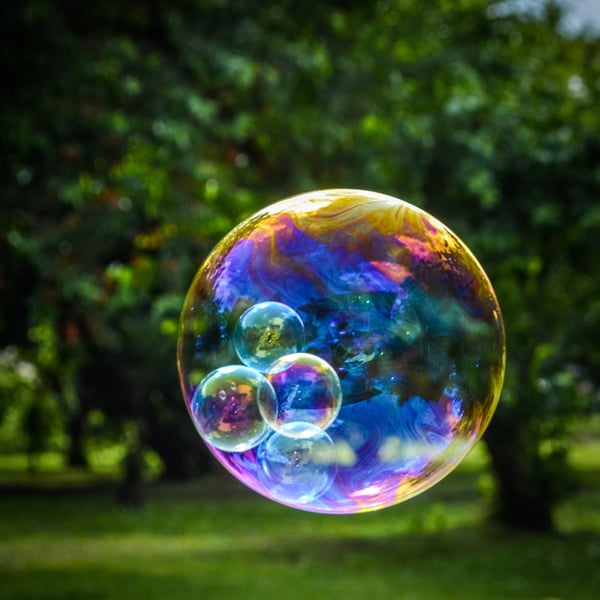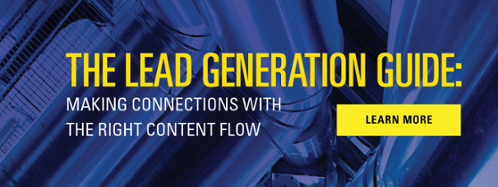
Story and narrative are critical in communications—but they’re not everything.
Marketers have long touted the power of story to connect and engage with audiences—with the neuroscience to back it up.
Recite a list of facts and figures for an audience and you’ll light up the parts of their brain associated with language. Tell them a story, however—one with a sense of place and timing—and their brains will start forging new neuropathways as if they were actually living the tale you’re telling.
For creating a powerful emotional response, the kind brands spend significant time and money trying to elicit, storytelling seems like a silver bullet. But while story has a powerful, undeniable intrinsic value, that doesn’t mean it can’t be given more credit than it’s due. Putting too much pressure on storytelling to carry your product or service to market can cause the whole brand bubble to burst.
When Storytelling Goes Wrong
Fyre Festival
You don’t need to look much further than the disaster that was the Fyre Festival to see peak narrative in action.
Billed as the latest luxury musical adventure—complete with models, exclusive acts and the backdrop of a private Caribbean island—the would-be boutique music festival more closely resembled a survivalist hellscape for those who made their way to the inaugural weekend. Instead of glamping and partying, attendees spent the night battling over beds in emergency tents and sleeping under rain-soaked blankets, without even their luggage or a ride to the airport for comfort.
The event never materialized and it was only a few days before a $100 million class-action lawsuit was filed against the organizers. And now a criminal investigation is underway. The outcome of both will hinge on if the organizers spun a marketing story that simply got out of hand, or if they knowingly defrauded their audience—a fine line no brand should balance on.
Juicero
The startup Juicero also got ground up by its own hype. The high-tech, internet-connected juicer promised a seamless, transparent supply chain, cataloging all the ingredients in its ready-made juice packets. The $400 juicing machine would scan each packet and notify the user if, say, the spinach in a pouch was from a particular lot contaminated with salmonella.
The problem? Human hands are just as good at pressing the pouches as the machine. And it’s not difficult to read the clearly printed expiration date and lot number on every package. A high-tech, connected machine certainly sparks the imagination, but it’s not always what consumers actually need.
The story Juicero spun—of having value beyond a glass of cold-pressed juice—was far loftier than most people demand from a food-prep machine.
The answer to this over inflation of the power of narrative is not to abandon story altogether. But marketers would be wise to insist on proof points and actual facts before they take their tales to market—a surprising challenge when everyone from entrepreneurs to consumers are begging for goods and services that appear on the brink of legend.
But if the storytelling bubble does eventually burst, facts, data and cold-hard reality will be all that is left. So why not start your storytelling with actualities?
Read our Lead Generation Guide for more ways to build your content strategy:





Let’s Connect
Ready to build, grow, manage and protect your brand? Complete the form below to discuss how we can help.